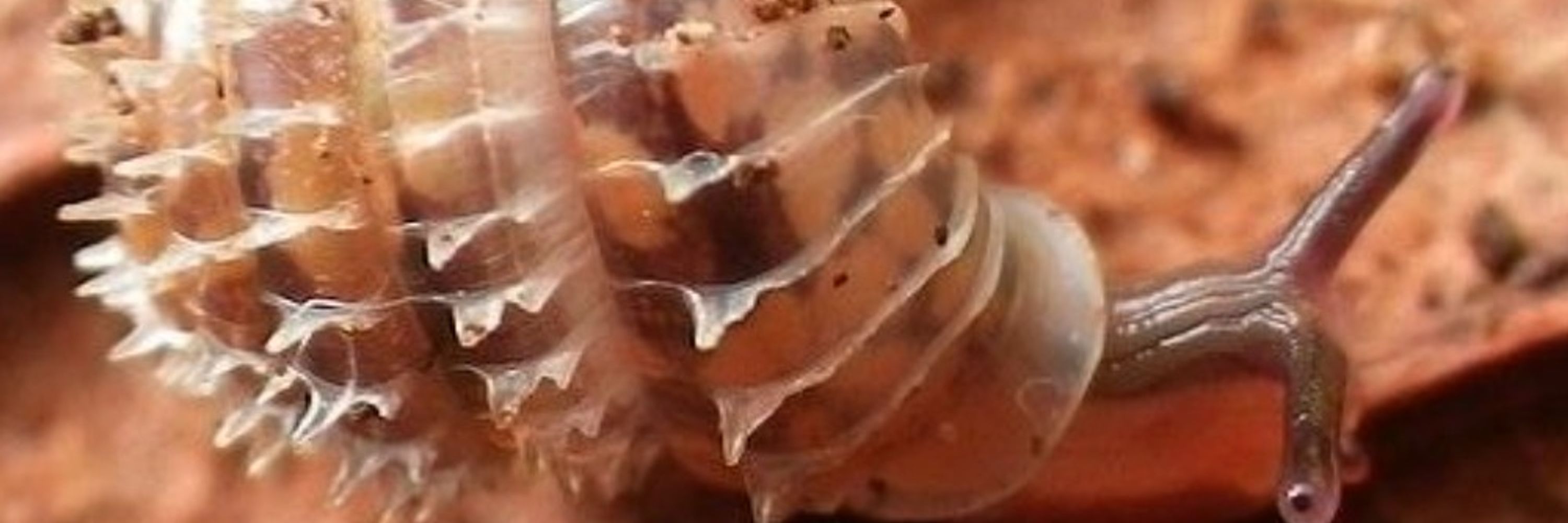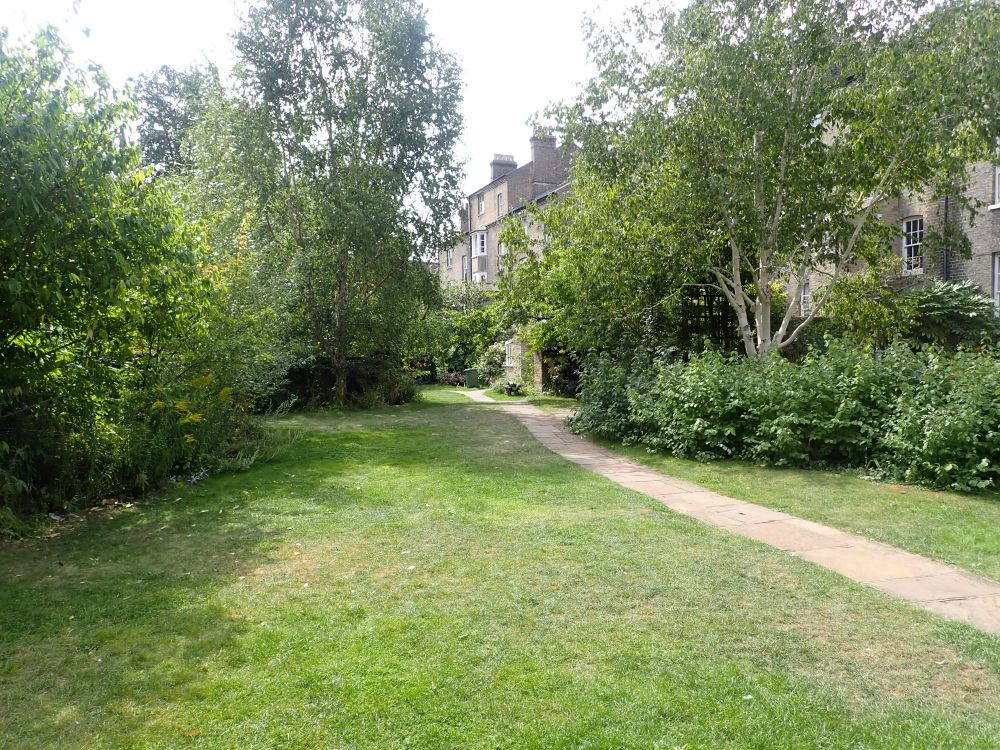Justin Gerlach
@jstgerlach.bsky.social
890 followers
34 following
120 posts
Biologist. Director of Studies at Peterhouse, University of Cambridge.
Interested in evolution, ecology, species discovery & conservation: particularly for the overlooked (especially snails etc)
islandbiodiversity.com/jg.htm
Posts
Media
Videos
Starter Packs










































